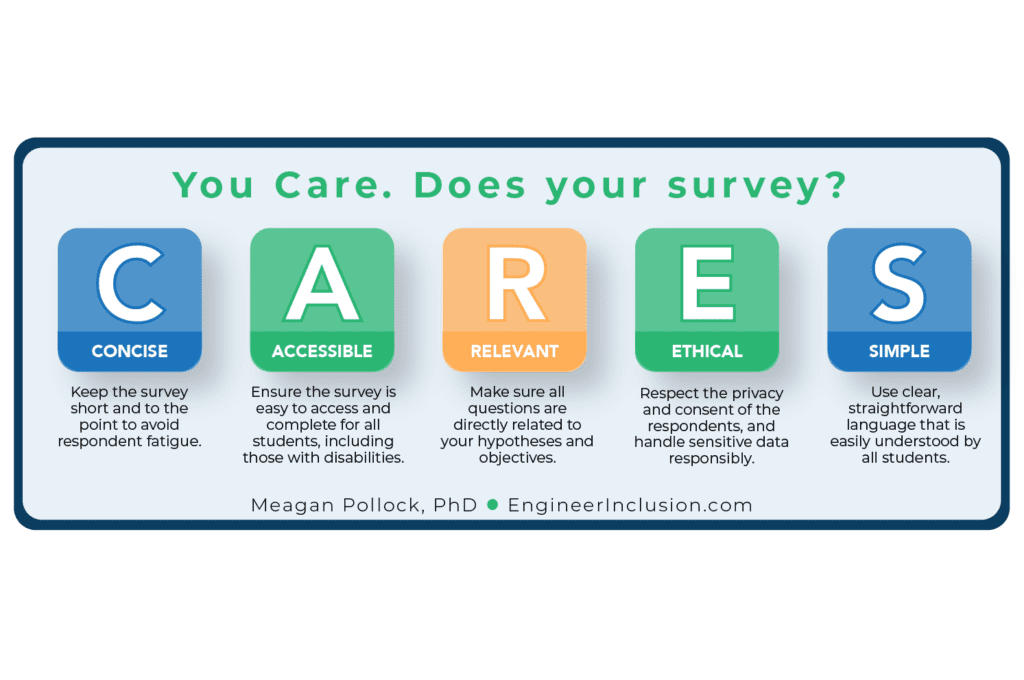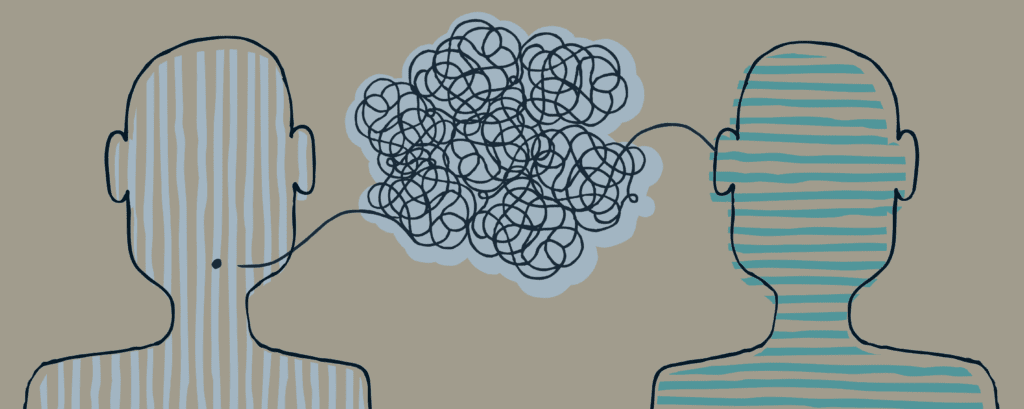Creating inclusive environments in education and the workplace is more than just an aspirational goal—it’s a necessary step towards fostering equity and dismantling systems of oppression that hinder the progress of marginalized groups. As professionals and educators, especially in engineering and technology, understanding the systemic barriers that contribute to inequities is crucial. This understanding enables us to take actionable steps toward change. To this end, we’re introducing a helpful activity designed to enhance your insight and equip you with the tools to contribute to systemic change.
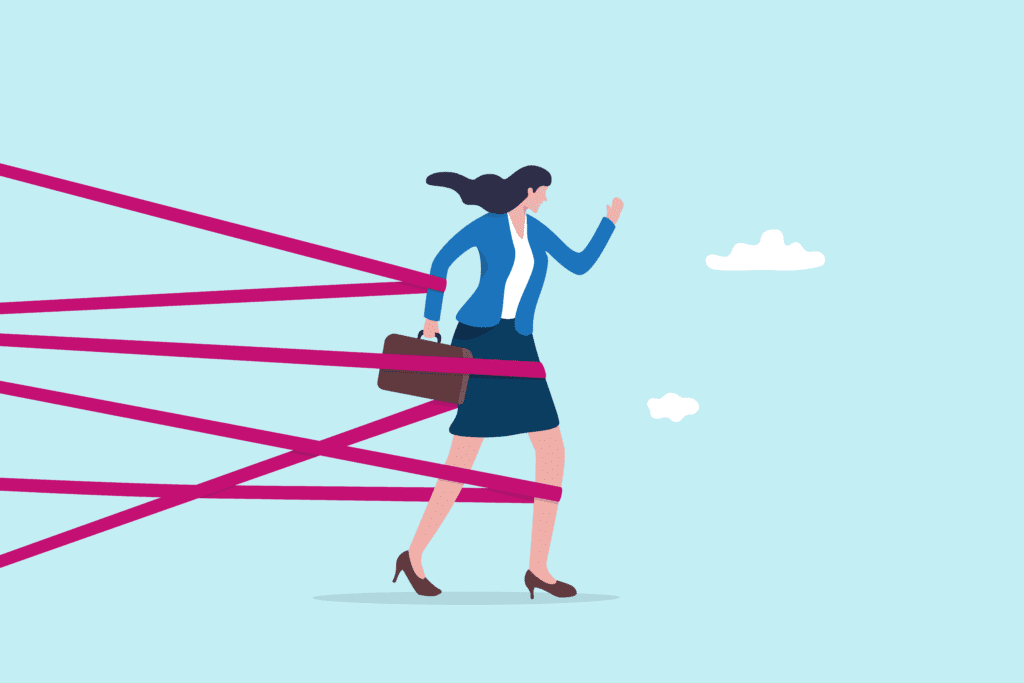
Introducing the Identify Systemic Barriers Activity
This exercise is a practical tool for anyone looking to deepen their understanding of systemic inequities and develop strategies for addressing them. Whether you’re an educator, a leader, or a team member in the STEM fields, I’ve designed this activity to challenge your perceptions and encourage a more inclusive approach in your professional environment.
 Why This Exercise?
Why This Exercise?
Before diving into the exercise, we invite you to read the article “How to Practice Systems Thinking for Systemic Change.” This foundational piece explores the urgent need for systemic change within engineering education and beyond, highlighting the critical role of acknowledging and dismantling systems of privilege and oppression. (Most importantly, it introduces the Four-I framework you’ll use in the activity.) By adopting a systems-thinking approach, we can see the interconnected nature of these systems and how they affect individuals and groups within our organizations.
What You’ll Do
The exercise guides you through identifying and evaluating the systemic barriers that people—individuals or groups—face within your organization. You’ll start by choosing a subject: an inequitable outcome for a person or group or directly a marginalized, minoritized, or traditionally excluded person or group. Through reflection and guided questions, you’ll explore the barriers across the four I’s of Oppression (Interpersonal, Ideological, Institutional, and Internalized), consider your role in these systems, and most importantly, identify actionable steps to effect change.
Your Call to Action
- Learn the Four I’s framework first. Read the article “How to Practice Systems Thinking for Systemic Change” to first learn the four I framework.
- Download and complete the exercise. Engage deeply with the questions and scenarios presented to better understand the systemic barriers at play and how you might address them. You’ll find the PDF below, which includes the exercise instructions, an example, and a worksheet.
- Reflect and share. After completing the exercise, take a moment to reflect on what you’ve learned about yourself, the systems you operate within, and the barriers others face. We encourage you to share these insights and your commitment to systemic change. Your testimonials are invaluable, helping to build a community of practice committed to equity and inclusion.
In this exercise, you will practice identifying and evaluating systemic barriers that people you work with face. You can focus on individuals or people groups. The objective of the exercise is to practice or hone your “x-ray vision” into the structures that uphold and reproduce systemic inequities.
Instructions
- Identify the subject: You can start with an (inequitable) outcome for a person or group of people to understand the types of systemic oppression that drive the output. Or, you can simply start with a marginalized, minoritized, or traditionally excluded person or group and reflect on the barriers they face within your organization.
- Reflect on the barriers: Start with one of the four I’s, and brainstorm ideas about what you notice or perceive to be at play. Work around the Interlocking 4-I’s of Oppression Model to identify as many barriers as possible they may be facing.
- Consider your role: In what ways might you be unintentionally complicit in upholding the systems or perpetuating the barriers? Why is this? Does the system benefit you? If the system were to change to reduce barriers for others, how might that affect you? Them?
- Choose Action! What is within your circle of influence that you can change? What actions do you commit to? When and how? Who can help, and to what degree? What can you do to address all four levels of oppression?
- Repeat: Repeat the exercise for a different person or population within your organization that will yield an expanded understanding of both your privilege and the barriers others face.
- Share: What did you learn about yourself and others in this activity? How will you commit to examining systems in a way you’ve perhaps not done on a regular basis before?
Subject:
My direct report struggles with technology, a barrier to success in her role. She tells me that I have too high of expectations for her.
Barriers:
Interpersonal: Since she is an engineer, I probably make assumptions that she can do more than she knows, which can come off in a patronizing manner. I am a digital native and likely send micromessages that are discouraging to her as someone 25 years older than me.
Ideology: A deeply rooted cultural stereotype that older people are less good at technology.
Institutional: I am the first to hire her after being out of the workforce for nearly 20 years raising her daughters. Institutionalized ageism and sexism likely prevented her from getting any jobs before mine, even though I know she tried for over five years.
Internalized: Discouraged from being out of the workforce and receiving micromessages and bias throughout her employment process have likely led her to internalize beliefs that she’s not good enough.
Role:
My role is in not understanding the barriers she faces and for having expectations that she knows things she doesn’t. I’ve created an exclusive environment that doesn’t allow her to thrive. Changing the system doesn’t harm me, other than taking a bit more of my time. I want her to be successful, so I will take action.
Action:
- Slow down. Don’t make assumptions about what she knows. Ask if I can teach her and be very careful with my tone and language.
- Use cognitive control and self-regulation to reduce the manifestation of stereotypes and prejudice in my communication.
- Talk with her about how I don’t want her to feel bad about what she doesn’t know, and that I want to teach her strategies to improve her technology skills – if she’s open to it.
- Invite her to hold me accountable to my words, tone and actions, and be open to feedback and accept it graciously with a commitment to do better in response.
- I will encourage her and celebrate her technology wins to build up her self-efficacy.
- Take this same practice into how I work with everyone else! Be patient, and kind, and use a coaching style!
This activity is more than just an exercise—it’s a step towards building a more equitable and inclusive future in our educational institutions and workplaces. We look forward to hearing about your experiences and the changes you’re inspired to make. Together, we can create environments where everyone has the opportunity to thrive.
Download this resource as a printable PDF and digital worksheet.
When you download this resource, you agree to be added to our mailing list. We send about one email with resources and strategies every week. You can unsubscribe at any time.
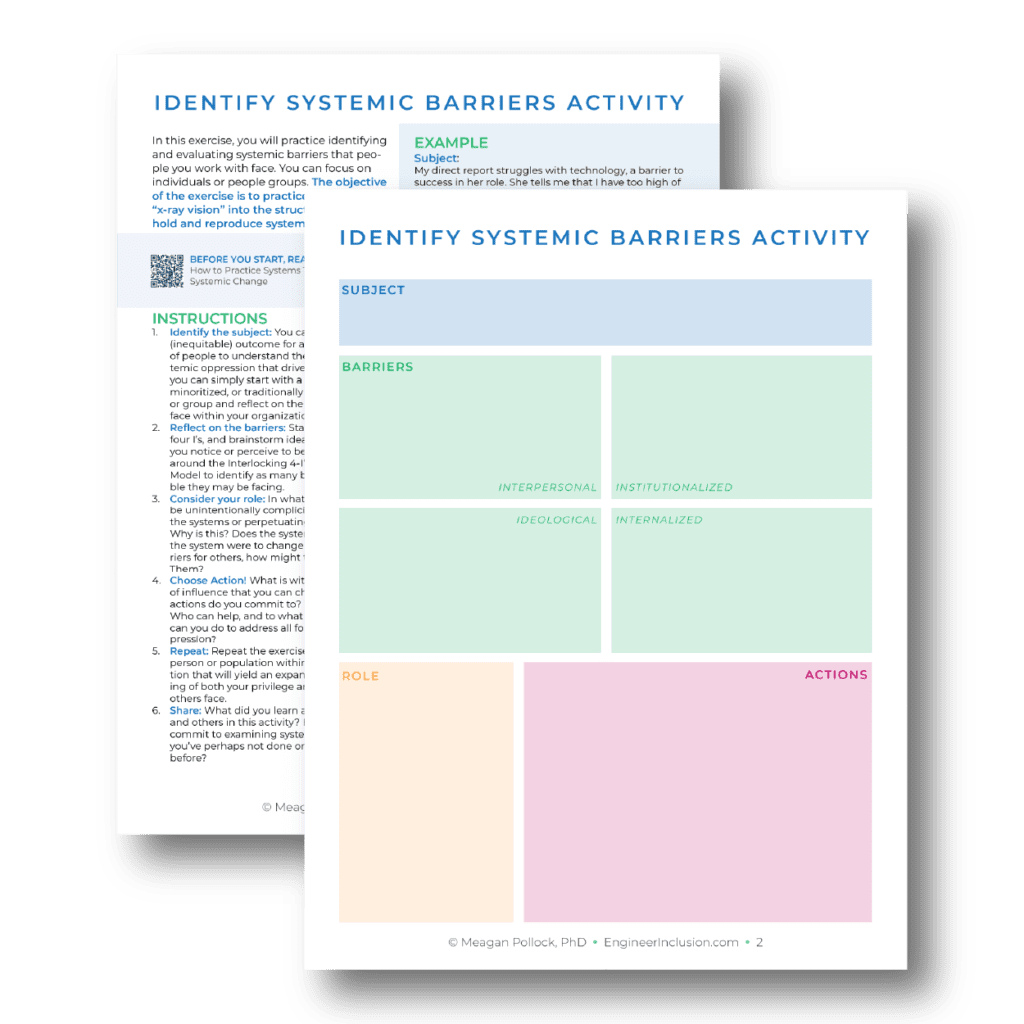
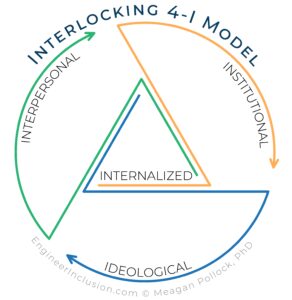 Why This Exercise?
Why This Exercise?

